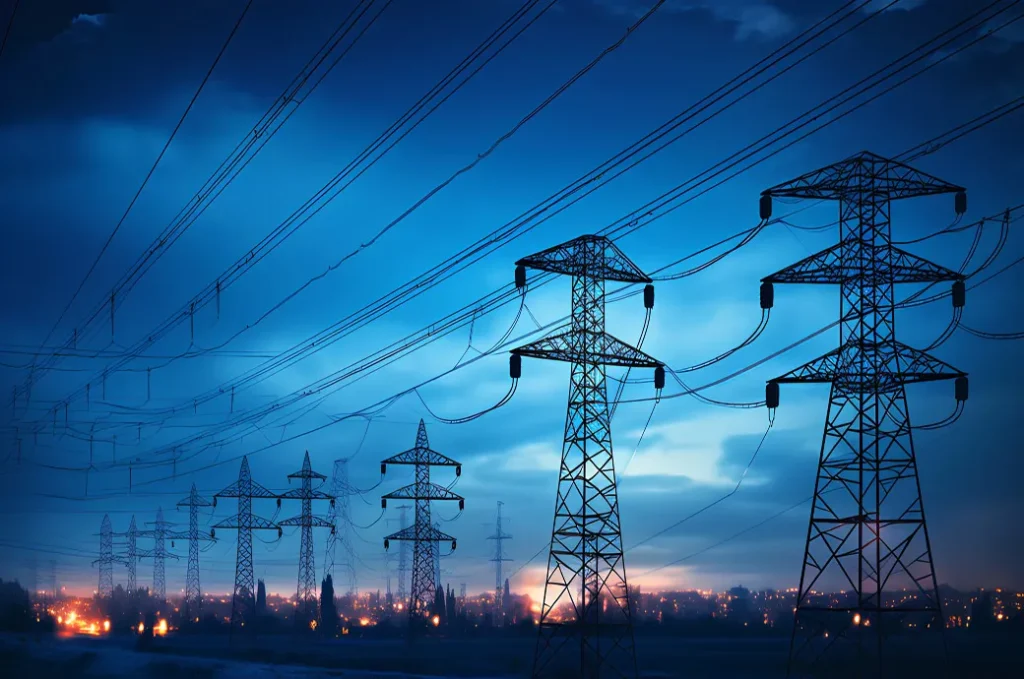Africa’s Power Sector Transforms as Kenya, Zambia and South Africa Embrace Open Access Energy Markets
African nations are accelerating energy sector reforms by transitioning from traditional state-controlled utility models to open access electricity markets. These evolving regimes aim to enhance reliability, attract private investment, and reduce electricity costs for consumers in a region where energy deficits have long stifled growth.
In Kenya, Zambia, and South Africa, the shift toward liberalised electricity markets is gaining momentum. These changes allow independent power producers (IPPs) to sell electricity directly to multiple buyers, bypassing monopolistic state utilities and introducing competition into electricity generation and retail.
Kenya, operating an unbundled energy system with separate generation, transmission, and distribution entities, is implementing its open access framework under the Energy Act, 2019. The recently published Energy (Electricity Market, Bulk Supply and Open Access) Regulations 2024 pave the way for IPPs to contract directly with large consumers or private retail vendors through a wheeling process.
Eligible customers — those consuming 1 MVA or more — will soon be allowed to source electricity from providers of their choice, bypassing the state-owned Kenya Power. While Kenya’s legal framework is among the most advanced, gaps remain in infrastructure readiness and system operator guidelines, which are critical to a fully functional open market.
Zambia is following a similar path. The Electricity Act of 2019 and the Electricity (Open Access) Regulations 2024 signal a move toward a competitive market where IPPs can sell directly to consumers. While the state-owned utility ZESCO still dominates the sector, reforms are in motion to unbundle its generation, transmission, and distribution roles — a move critical to eliminating monopoly control.
Despite regulatory progress, Zambia still faces challenges, including inadequate transmission infrastructure and unresolved market operator functions. Investors are watching for clarity on dispatch coordination and consumer benefit mechanisms for wheeled energy.
South Africa, Africa’s most industrialised economy, remains largely under a vertically integrated monopoly operated by Eskom. However, the Draft Market Code, introduced by the National Transmission Company South Africa under the Electricity Regulation Amendment Act (ERAA), aims to establish a transparent, competitive multi-market system by 2031.
The code proposes a spot, day-ahead, and intraday electricity trading platform, allowing for bilateral and regulated procurement. The country has also adopted a “first-ready, first-served” grid access model to prioritise viable power projects, improving on Kenya’s simpler “first-come, first-served” approach.
Across the three countries, key hurdles remain: underdeveloped infrastructure, market imbalances, and the need for clear consumer benefit frameworks. For instance, while South Africa has established wheeling agreements that credit consumers for wheeled energy, Kenya and Zambia are yet to finalise such systems.
Experts warn that unless grid systems are modernised and supported with policy clarity, open markets could introduce new instability rather than improve reliability. Kenya’s recent nationwide blackouts and Zambia’s strained transmission network underscore the urgent need for investment.
Energy experts agree that open electricity markets hold promise for Africa’s future — offering efficiency, consumer choice, and regional integration. However, success depends on taking a measured approach to unbundling utilities, refining regulations, and ensuring infrastructure development keeps pace.
“Open access reforms are a necessary evolution,” write energy experts Alexandra Felekis, Bwalya Chilufya-Musonda, and Edwin Baru of Bowmans. “But for these markets to truly work, there must be a shared commitment to transparency, investment, and inclusive participation.”



